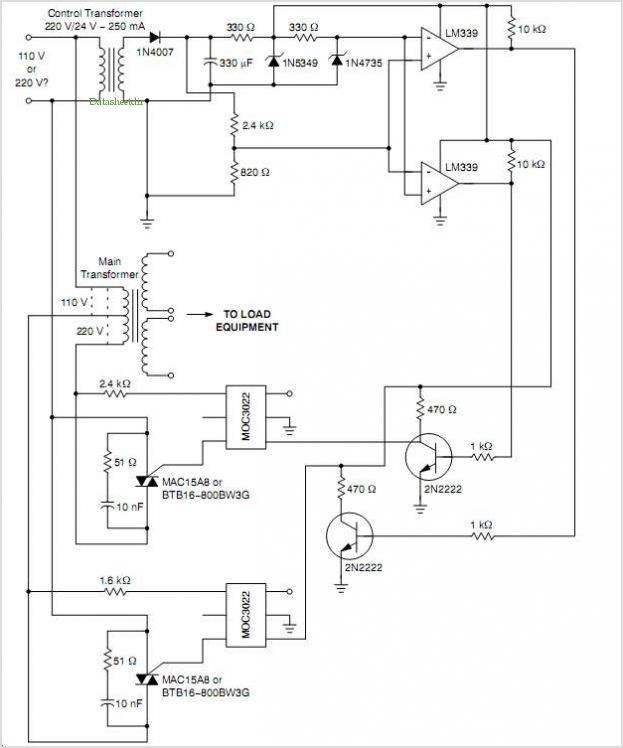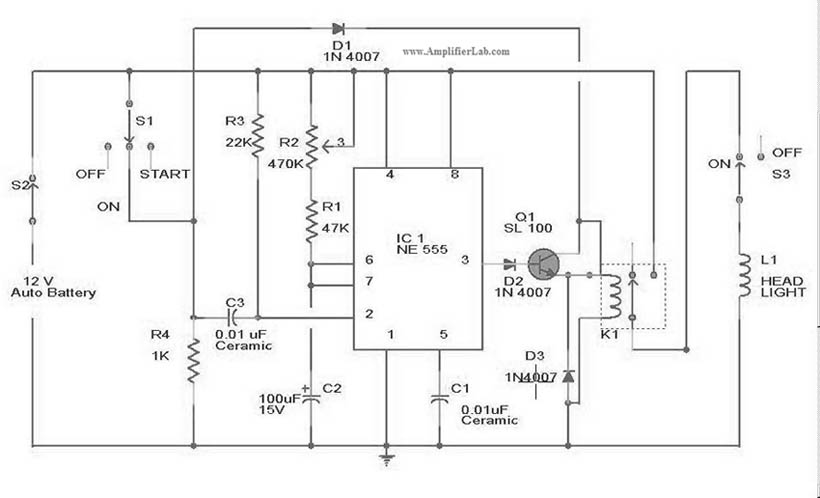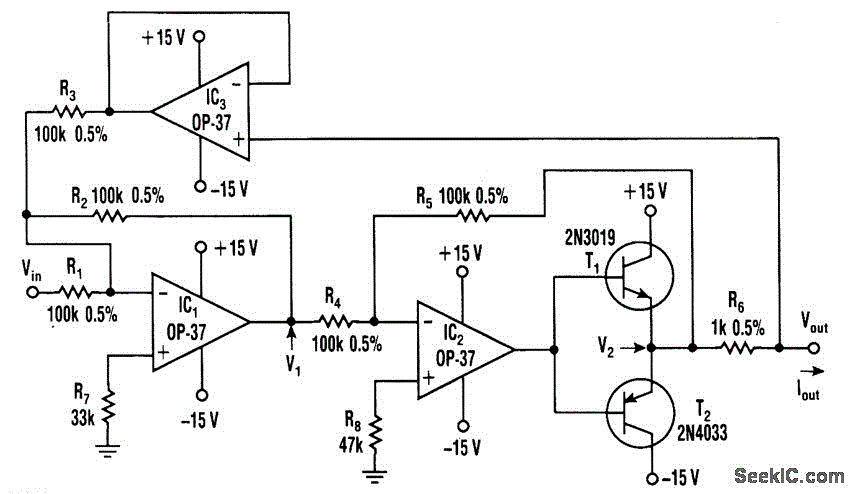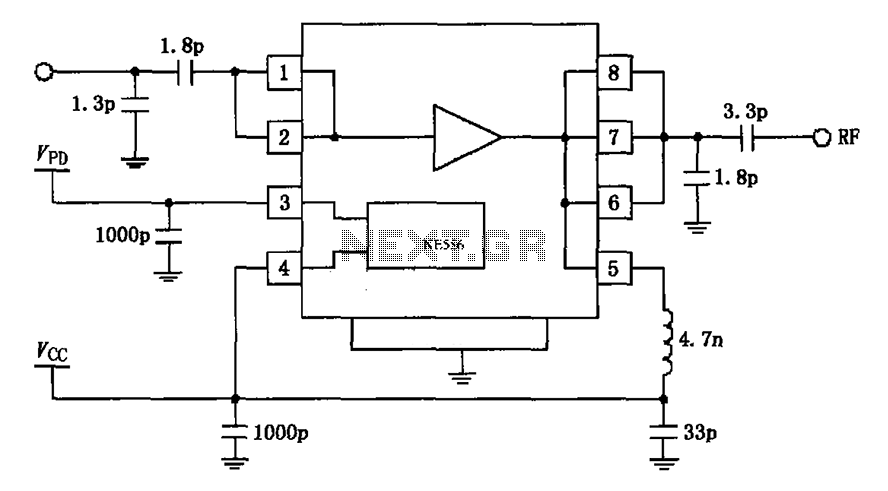
Automatic Ac Line Voltage Selector

This application note outlines the implementation of a PSoC (Programmable System-on-Chip) device for controlling a Brushless DC (BLDC) windscreen wiper motor in automotive applications. The design incorporates LIN Bus 2.0 to facilitate the control of wiper operations. The document provides comprehensive technical details that enable users to understand critical design aspects and adapt the design to meet specific requirements. Additionally, it includes an in-depth explanation of the LIN Bus 2.0 implementation. Relevant part families include CY8C27443 and CY8C29466.
The application note focuses on the integration of a PSoC device for the control of a BLDC motor, which is particularly suited for automotive wiper systems due to its efficiency and reliability. The use of LIN Bus 2.0 allows for a seamless communication interface between the motor controller and other automotive systems, ensuring that wiper operations can be effectively managed in response to various conditions.
The PSoC architecture provides flexibility in programming and configuring various peripherals, which is essential for tailoring the motor control algorithms to specific automotive requirements. The implementation details include the configuration of the PWM (Pulse Width Modulation) signals necessary for driving the BLDC motor, along with feedback mechanisms to monitor motor performance and adjust control signals accordingly.
Moreover, the application note elaborates on the LIN Bus 2.0 protocol, detailing how it facilitates robust communication between the motor controller and the vehicle's central control unit. This ensures that the wiper system can respond to inputs such as rain sensors or driver commands, enhancing overall functionality and safety.
The associated part families, CY8C27443 and CY8C29466, are highlighted for their suitability for this application, offering integrated features that streamline the design process. These components come with built-in support for the required communication protocols and motor control functionalities, making them ideal for automotive applications where reliability and performance are paramount.
Overall, this application note serves as a valuable resource for engineers looking to implement a BLDC wiper motor control system using PSoC technology, providing the necessary information to replicate and customize the design effectively.Abstract This Application Note describes PSoC device implementation of a BLDC (Brushless DC) windscreen wiper Motor Controller for automotive applications. LIN Bus 2. 0 is implemented to provide an Interface for controlling wiper operation. This Application Note sufficiently describes the technical details so that the user is familiar with the impo
rtant aspects of the design and is able to recreate the design specific to their exact requirements. This note also describes LIN Bus 2. 0 implementation in detail. Associated Part Family: CY8C27443 and CY8C29466 🔗 External reference
The application note focuses on the integration of a PSoC device for the control of a BLDC motor, which is particularly suited for automotive wiper systems due to its efficiency and reliability. The use of LIN Bus 2.0 allows for a seamless communication interface between the motor controller and other automotive systems, ensuring that wiper operations can be effectively managed in response to various conditions.
The PSoC architecture provides flexibility in programming and configuring various peripherals, which is essential for tailoring the motor control algorithms to specific automotive requirements. The implementation details include the configuration of the PWM (Pulse Width Modulation) signals necessary for driving the BLDC motor, along with feedback mechanisms to monitor motor performance and adjust control signals accordingly.
Moreover, the application note elaborates on the LIN Bus 2.0 protocol, detailing how it facilitates robust communication between the motor controller and the vehicle's central control unit. This ensures that the wiper system can respond to inputs such as rain sensors or driver commands, enhancing overall functionality and safety.
The associated part families, CY8C27443 and CY8C29466, are highlighted for their suitability for this application, offering integrated features that streamline the design process. These components come with built-in support for the required communication protocols and motor control functionalities, making them ideal for automotive applications where reliability and performance are paramount.
Overall, this application note serves as a valuable resource for engineers looking to implement a BLDC wiper motor control system using PSoC technology, providing the necessary information to replicate and customize the design effectively.Abstract This Application Note describes PSoC device implementation of a BLDC (Brushless DC) windscreen wiper Motor Controller for automotive applications. LIN Bus 2. 0 is implemented to provide an Interface for controlling wiper operation. This Application Note sufficiently describes the technical details so that the user is familiar with the impo
rtant aspects of the design and is able to recreate the design specific to their exact requirements. This note also describes LIN Bus 2. 0 implementation in detail. Associated Part Family: CY8C27443 and CY8C29466 🔗 External reference





